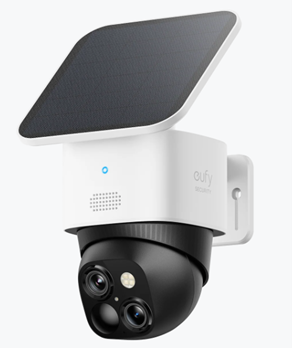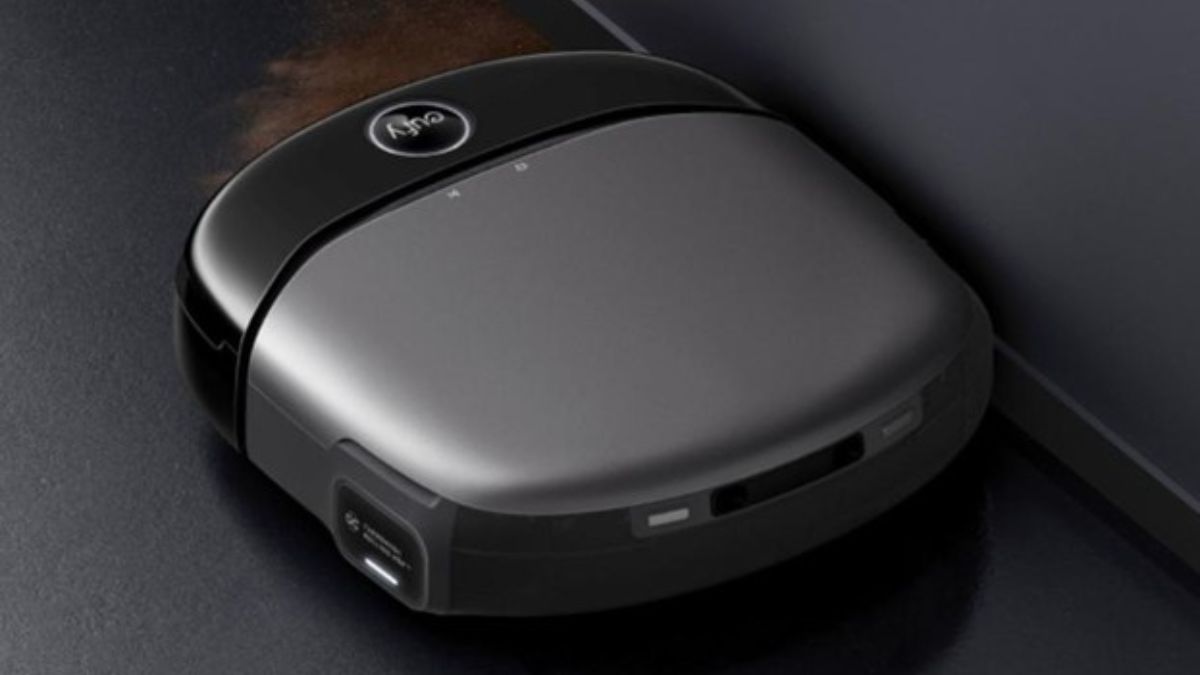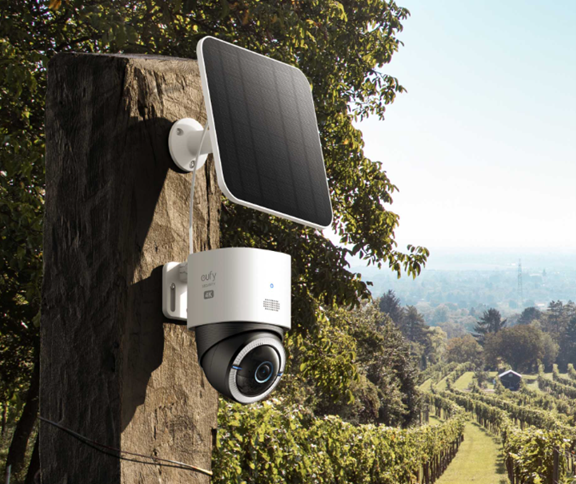Wireless security cameras offer the convenience of monitoring homes or businesses without tangled wires. Users are increasingly selecting these innovative devices for their ease of installation and flexibility. By eliminating the need for extensive wiring, wireless cameras can be installed in locations that were once difficult or impossible to reach. This technology taps into modern advancements in wireless transmission, allowing clear and reliable data transmission from camera to screen. The following explores how these cameras work, focusing on their key components and transmission methods. Additionally, you’ll find tips for choosing and installing the right system for your needs, ensuring seamless security coverage without the hassle of wires.
What “Wireless” Means in Security Cameras
Distinguishing wired vs wireless systems
Wired security systems rely on physical cables to transfer data and power between components, demanding infrastructural changes like drilling and routing wires throughout a property. In contrast, wireless systems exchange data without physical connections, offering mobility and a cleaner installation. Instead of wiring, they utilize technologies like Wi-Fi to transmit data to storage units or viewing devices. This provides flexibility in camera placement and avoids the unsightly clutter of cables.
Definitions: wireless transmission vs wire-free power
Wireless security cameras use two main technologies: wireless transmission and wire-free power. Wireless transmission usually involves sending video and audio data through Wi-Fi or similar networks, eliminating the need for data cables. Some models use wire-free power sources, with batteries or solar panels replacing traditional electrical wiring. Both advancements provide an ideal solution for those seeking a less invasive installation, securing areas without compromising on aesthetics or setup time.
Key Components of a Wireless Security Camera System
The camera unit (lens, image sensor, processor)
The essential component of any camera is the camera unit, comprising a lens, image sensor, and processor. These parts work in tandem to capture and process images and audio for transmission. High-quality lenses ensure sharp and clear images, while advanced image sensors adapt to varying lighting conditions. The processor handles image processing, ensuring efficient data handling and smooth video streaming.
Power source options (battery, solar, mains)
wireless security cameras offer several power options. Battery-powered cameras provide the ultimate flexibility, requiring periodic recharges or replacements. Solar-powered options harness renewable energy, minimizing maintenance needs while being eco-friendly. For those needing consistent power, mains-powered systems may still be an option, serving as a backup to other methods during low sunlight periods for solar units.
Wireless communication modules (Wi-Fi, cellular, RF)
The wireless communication module is crucial for transmitting captured data. Wi-Fi is the most common, offering a high-speed connection ideal for residential or urban environments. Cellular modules cater to rural or mobile use, utilizing mobile networks for data transmission. Some systems use Radio Frequency (RF) for short-range applications, ensuring signal stability in various conditions.

How Transmission Works: From Lens to Your Screen
Capturing image and audio data
When a wireless camera records, it captures images through its lens. The image sensor converts this optical data into electronic signals. Simultaneously, the built-in microphone captures audio data. Both sets of data are crucial for complete surveillance.
Encoding and compressing the data
Once captured, the camera’s processor encodes and compresses the image and audio data to facilitate smooth transmission over wireless networks. This encoding also reduces file sizes, making storage and streaming less demanding on network resources. The data is then sent to storage devices or connected screens, allowing users to monitor live feeds or review recordings.
How to Choose and Install a Wireless Security Camera
Check Wi-Fi signal strength and range
When selecting a wireless security camera, ensuring robust Wi-Fi coverage is essential. Poor signal strength can disrupt data transmission, resulting in delayed alerts or video loss. Conduct a signal strength test in desired camera locations and consider Wi-Fi extenders or boosters if needed to guarantee uninterrupted surveillance.
Power planning: how often to charge, what solar options exist
If opting for battery-powered cameras, determine the battery life and plan for regular charging intervals. Some cameras last weeks on a single charge, while others may need more frequent attention. Alternatively, explore solar-powered options to reduce manual charging needs and ensure continuous operation in remote areas.
Example: eufy’s model lineup and how they simplify installation
eufy offers a range of wireless cameras renowned for their user-friendly setup. Their models often come with mounts that need no tools, simplifying installation. With long-lasting battery life and solar panel compatibility, eufy provides flexible solutions for maintaining surveillance without hassle, perfect for tech-savvy users and novices alike.
Conclusion
Wireless security cameras revolutionize how we secure properties, providing flexible placements and easy installations devoid of cumbersome wires. By harnessing wireless transmission technologies and diverse power options, these systems offer reliable surveillance solutions adaptable to diverse environments. When choosing a camera, consider the surrounding Wi-Fi infrastructure and select appropriate power sources to ensure optimal performance. Brands like eufy simplify the process with features tailored to user convenience, ensuring robust security setups without the typical complexities of traditional systems.






